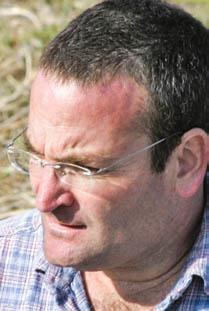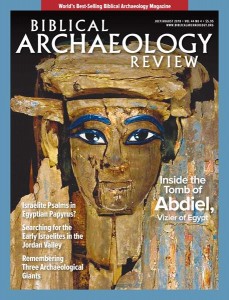Archaeological Views: Prehistoric Dining at Tel Tsaf

Before the emergence of Israelites and even Canaanites, other communities established complex societies in the southern Levant. Though some of these groups left behind no written record, they did produce a rich archaeological record with a wealth of material culture. This then allows archaeologists to piece together a picture of their lives, including the diet and environmental conditions long before the establishment of cities.
Located near the Jordan River and the international border between Israel and Jordan 20 miles south of the Sea of Galilee, Tel Tsaf is one of the most important prehistoric sites in the Levant. It was first reported in the 1940s; excavations began in the late 1970s and were later resumed for four more seasons in 2004. During these excavations, especially the 2004–2007 seasons, approximately 800 square meters of the site were exposed, and two main strata were identified. This revealed a large village dated to c. 5300–4700 cal B.C.1
Already a library member? Log in here.
Institution user? Log in with your IP address.

